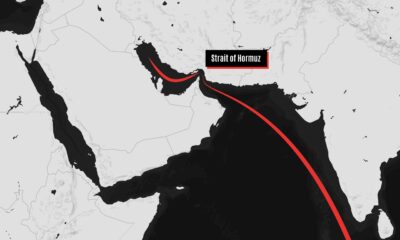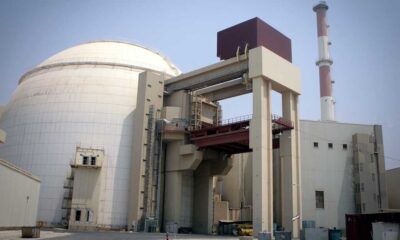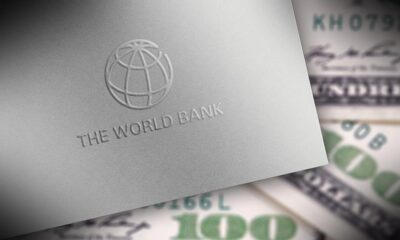Asia
Pakistan in dire need of foreign aid
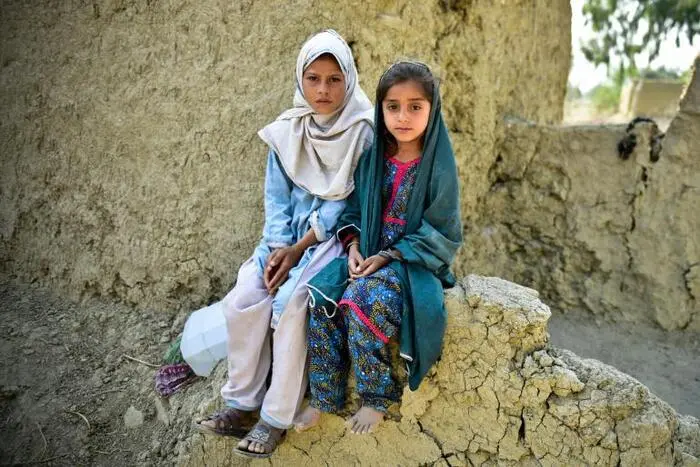
At least eight million people, including children in Pakistan still don’t have access to clean water one year after catastrophic floods that ripped through the country last year, leaving billions of dollars in infrastructure loss.
This season’s monsoon rains are worsening already challenging conditions for flood-affected communities, tragically claiming the lives of 1,600 people, including 87 children in Pakistan’s northern mountain regions last year. The floods submerged a third of the country and also impacted an estimated 33 million people, leaving tens of thousands stranded on the road without any food to ear or clean water to drink.
“Vulnerable children living in flood-affected areas have endured a horrific year,” said Abdullah Fadil, UNICEF Representative in Pakistan.
“They lost their loved ones, their homes and schools. As the monsoon rains return, the fear of another climate disaster looms large. Recovery efforts continue, but many remain unreached, and the children of Pakistan risk being forgotten,” he added.
About 30,000 schools, 2,000 health facilities and 4,300 water systems were also damaged or destroyed, according to UNICEF.
Over 1.5m children require lifesaving nutrition
Over 1.5 million children require lifesaving nutrition interventions in flood-affected districts, while UNICEF’s current appeal of $173.5 million to provide life-saving support remains only 57pc funded.
The climate-related disaster deepened pre-existing inequities for children and families in affected districts. One third of the children were already out of school before the floods, malnutrition was reaching emergency levels and access to safe drinking water and sanitation was worryingly low.

Rescue workers evacuate villagers through a boat from a flooded area of Pakpattan district of Pakistan’s Punjab province, Wednesday, Aug. 23, 2023. Rescuers have evacuated more than 100,000 people from flood-hit areas of Pakistan’s eastern Punjab province in the past three weeks. (AP)
UNICEF was able to reach 3.6 million people with primary health care services, but it is not enough as they called for more support from the international community. “We were able to bring safe water for 1.7 million people in area where water networks were damaged or destroyed, reaching over 545,000 children and caregivers with mental health and psychosocial support,” according to UNICEF.
Another 2.1 million children were screened for severe acute malnutrition, a condition where children are too thin for their height – and admitted 172,000 children for lifesaving treatment.
Pakistan scrambling with severe economic crisis
“UNICEF calls on the government of Pakistan and partners to increase and sustain investment in basic social services for children and families. We must build back climate-resilient systems that bridge equity gaps and reduce vulnerability to climate shocks. We cannot forget the children of Pakistan. The flood waters have gone, but their troubles remain, in this climate volatile region,” said Fadil.
The flooding came when Pakistan was already scrambling with a severe economic crisis, further compounding the economic misery of the over 230 million population of Pakistan.
Fragile economy has already pushed families into poverty, leaving many unable to afford essentials such as food, fuel, medicines and other daily needs.
The nation’s further grip into political chaos, detrimental to their economy, engulfed the nation for several months that eventually led to the arrest of former Prime Minister Imran Khan on corruption charges that sparked deadly protests.
Last year, Khan was dramatically ousted from power in a no-confidence vote, but he accused the army and the opposition for steering allegations against him.
Pakistan has a rocky history with IMF
However, Pakistan had another chance to work to remove corruption and carry development projects to improve its economy when the International Monetary Fund (IMF) approved a $3 billion bailout for the cash-strapped nation.
Pakistan has a rocky history with the IMF as the loan started even in 2019 but Pakistan repeatedly failed to meet some of the fund’s requirements, where experts warned that without funds, Pakistan was at risk of default due to its dwindling foreign exchange reserves.
Meanwhile, according to IMF data, Pakistan’s poverty rate has reached a staggering 21.9 pc, covering more than one fifth of the population.
Pakistani rupee hitting an all-time low against dollars
In the meantime, today (Friday) in the last day of the grueling business week, the Pakistani rupee plummeted further into an abyss of devolution.
In the interbank, the US dollar had breached the once-unthinkable threshold, reaching an unprecedented historic level of Rs301, according to local news agency Samaa.
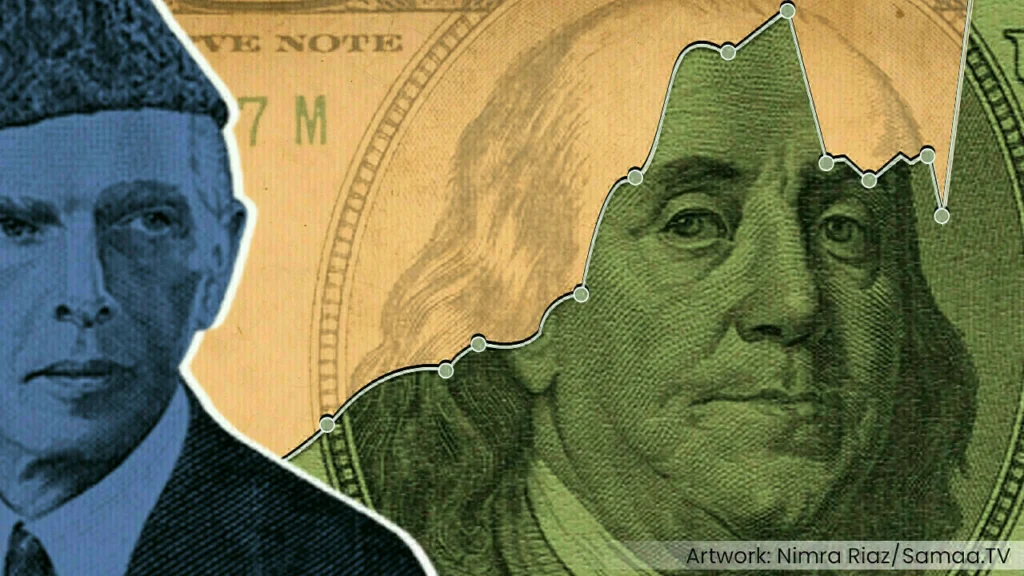
Photo: SAMAA/File
Indeed, the alarming devaluation of the rupee is closely tied to political instability, highlighting the pressing need for consensus among the country’s political factions. Many Pakistani experts say that a solution on the reducing the devaluation could be found through political dialogue and political stability inside the country.
From 2018 to 2022, Pakistan experienced significant economic fluctuations, and the sole reason is political upheaval following the Panama Papers scandal and the then Pakistan’s Prime Minister Nawaz Sharif’s impeachment triggered economic uncertainty, triggering the country toward economic adversity.
However, with the onset of Khan’s tenure and with the approval of the IMF program aimed at economic stabilization, nothing has changed and today the Pakistani rupee hitting an all-time low at Rs 301 against the dollar.
Asia
US cries to China as Washington begins airstrikes in Iran
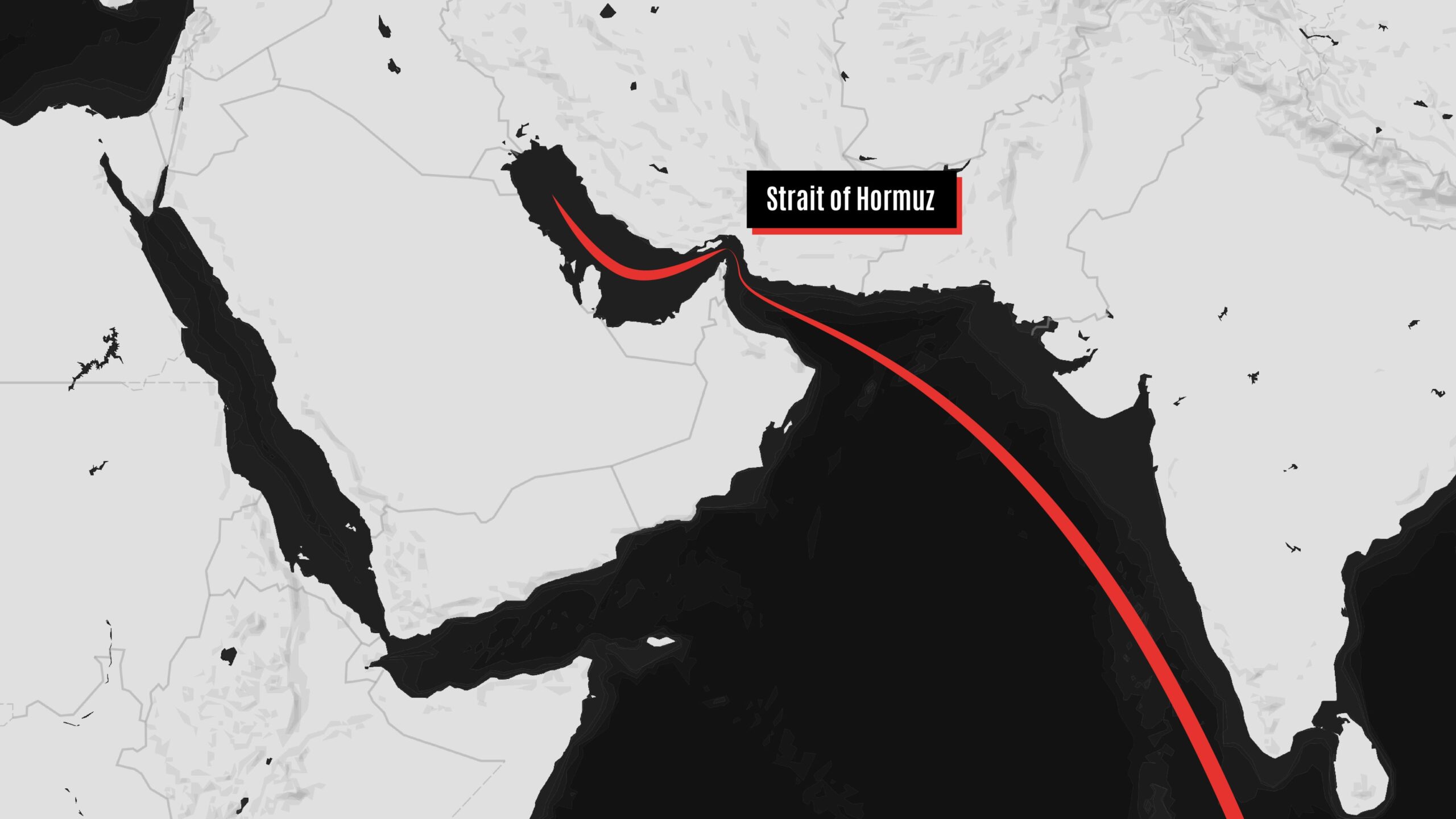
While the Middle East is going through one of its most tense periods, the world has been shocked by the news of a direct attack by the United States on Iran’s nuclear facilities. Washington has announced that Iran’s nuclear facilities no longer exist. At the same time, Tehran has warned in a strong tone that it will respond to this aggression.
This action was immediately met with widespread regional and international reactions. The United Nations, the European Union, global powers such as Russia and China, and America’s traditional allies in the West each took their own stance.
At an emergency meeting of the United Nations, Secretary-General Antonio Guterres described the move as a dangerous turn in an already crisis-ridden region. A wave of criticism has also emerged within the United States, with some describing the attack as successful.
At the same time, a number of lawmakers from both the Republican and Democratic parties consider Trump’s action to be without congressional authorization and unconstitutional.
Some reactions:
Russian envoy: US attack carried out without any provocation from Iran.
US Representative: The Iranian regime should not have nuclear weapons.
Iran’s ambassador to the Security Council: America once again sacrificed its security for Benjamin Netanyahu.
Israeli Ambassador to the Security Council: America changed the course of history by attacking Iran.
Rafael Grossi, the head of the International Atomic Energy Agency: Military attacks should not be carried out on nuclear facilities, saying he is ready to immediately travel to all countries regarding this case.
UK UN envoy: Military action alone cannot address concerns about Iran’s nuclear program, saying his country was not involved in Iran attack, referred to concerns about Iran’s nuclear program and said that military action alone cannot permanently address concerns about Iran’s nuclear program. He called on Iran to exercise restraint and urged the parties involved to return to the negotiating table.
France: Now is the time to end the attacks and return to negotiations.
But now why US cries to China for help to reopen Strait of Hormuz
Soon after a US airstrike in three locations, Iran closes the Strait of Hormuz, one of the world’s most important shipping routes. Now this move puts the US in trouble and US Secretary of State Marco Rubio has called on China to prevent Iran from closing the Strait of Hormuz.
However, it seems that the US is too late and according to Iran’s state-run Press TV, the decision was made by Iran’s Supreme National Security Council.
The US understands that any disruption on the supply of oil would have profound consequences for the economy and wants to play an emotional card with China to convince Iran to reopen the route as Beijing is also one of the largest buyers of Iranian oil.
It is reported that 20 percent of the world’s oil passes through the Strait of Hormuz, and major oil and gas producing countries in the Middle East use this route to export energy.
Meanwhile, US President Donald Trump has said that regime change is inevitable if the Islamic Republic cannot “make Iran great again.” His statement came following US military strikes on Iranian military facilities.
Iran: Game is not over even assuming the complete destruction of the nuclear sites
Ali Shamkhani, advisor to Ayatollah Ali Khamenei, the religious leader of Iran, has said in response to the US attacks that even assuming the complete destruction of the nuclear sites, the “game is not over”.
“Even assuming the complete destruction of the sites, the game is not over; because the enriched materials, indigenous knowledge, and political will remain intact,” he said.
He noted that “now the political and operational initiative with the right to self-defense is in the hands of the side that knows how to play smart and avoids blind shooting.”
Asia
Japan diverges from G7, urging restraint in Israel-Iran conflict
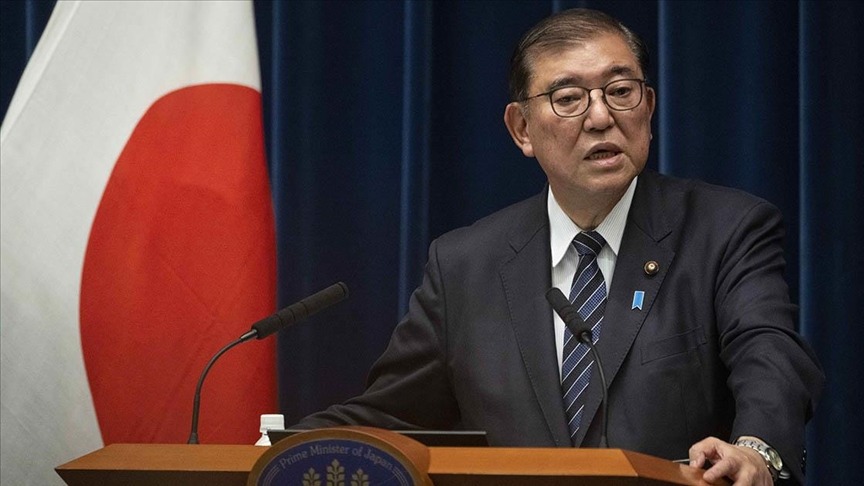
Japanese Prime Minister Shigeru Ishiba has affirmed Tokyo’s position of calling for “maximum restraint” from both Israel and Iran, despite a G7 statement earlier this week that supported Israel’s “right to self-defense.”
During a meeting of ruling and opposition party leaders on Thursday, Ishiba stated, “What the foreign minister said is the stance of the Japanese government. The G7 is the G7,” as reported by Tomoko Tamura, head of the Japanese Communist Party.
Japan, a close US ally in Asia, has long maintained friendly relations with Iran and has historically adopted a neutral approach to Middle East diplomacy, distinguishing itself from the pro-Israel stance of US administrations. Tokyo relies on the Middle East for the overwhelming majority of its crude oil imports.
G7 leaders convened in Kananaskis, Canada, and issued a statement backing Israel’s attacks on Iran. The statement affirmed Israel’s right to self-defense and condemned Iran as the “main source of regional instability and terrorism.” On June 13, when Israel’s attacks on Iran began, Japanese Foreign Minister Takeshi Iwaya declared: “The use of military force while diplomatic efforts are ongoing… is completely unacceptable and a source of deep regret. The Japanese government strongly condemns these actions.”
Iwaya added, “Japan is gravely concerned about the continuation of retaliatory attacks and strongly condemns any actions that could further escalate the situation.”
He continued, “Japan urges all parties to exercise maximum restraint and strongly calls for a de-escalation of tensions.”
During the meeting of party leaders, Tomoko Tamura, head of the Japanese Communist Party, highlighted the apparent contradiction between Iwaya’s statements and the joint G7 communiqué, suggesting the government was applying a “double standard.”
Prime Minister Ishiba responded, “What the foreign minister said is the stance of the Japanese government. The G7 is the G7.”
Meanwhile, the foreign minister announced at a press conference on Friday that a total of 87 Japanese nationals and their family members had been evacuated by land from Iran and Israel. Sixty-six individuals were evacuated from Iran to neighboring Azerbaijan, and 21 were evacuated from Israel to Jordan.
Following additional requests from Japanese citizens, a second land evacuation from Iran is scheduled for Saturday. Currently, there are approximately 220 Japanese nationals in Iran and about 1,000 in Israel.
In preparation for potential air evacuations, the government plans to dispatch two Air Self-Defense Force military transport aircraft to Djibouti in East Africa to have them on standby. With airports in Iran and Israel closed, Iwaya noted that the aircraft could be used if, for example, the airports reopen and conditions permit an airlift.
Asia
Iran-Israel war: Why US discusses regional conflict with Pakistan
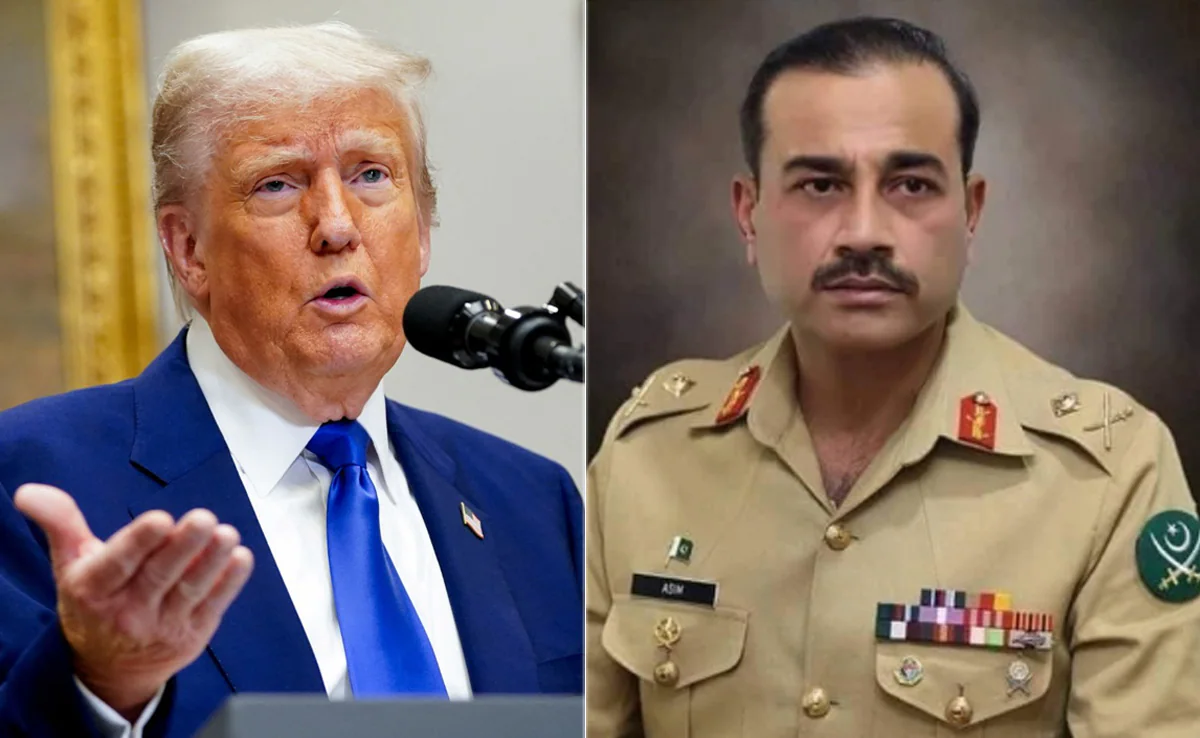
US President Donald Trump and Pakistan’s Army Chief General Asim Munir held a special and important meeting during a time when tensions are rising in the Asian region. The meeting was held on Trump’s invitation and was not open to the media. However, both sides have released official statements afterward, which states that the main topics were discussed
The meeting focused on the ongoing conflict between Iran and Israel, Pakistan–India relations, especially the Kashmir issue, the situation in Afghanistan and future US–Pakistan cooperation.
Pakistan has recently improved its strategic position in the region. It has shown strong ties with China and is the only South Asian country openly supporting Iran in its conflict with Israel. Meanwhile, Pakistan remains an important player in Afghanistan.
Why the Pakistani Army Chief was invited to the US?
Although Pakistan has an elected civilian government, important decisions—especially related to foreign affairs and security—are often handled by the military. That’s why General Asim Munir was invited to meet Trump instead of the Prime Minister, General Munir’s influence has grown recently. After tensions with India, he was given the title of Field Marshal. His meeting with Trump is seen as a sign of his importance in both Pakistani and international politics.
According to the Pakistan Army’s media wing (ISPR): General Munir thanked President Trump for helping to ease recent tensions between Pakistan and India. Trump praised Pakistan’s role in fighting terrorism. Both agreed to work together in the future, especially in: Trade, Technology Minerals and energy Artificial intelligence Crypto currency and regional peace efforts as well.
President Trump also appreciated General Munir’s leadership during difficult times. Munir invited Trump to visit Pakistan, and Trump reportedly accepted the offer in principle.
Why US former peace envoy to Afghanistan, Khalilzad is not trusting Pakistan’s army chief
Former U.S. diplomat Zalmay Khalilzad criticized the meeting. He said General Munir cannot be trusted and reminded the U.S. that Pakistan has supported groups that harmed American soldiers in the past. According to Khalilzad, General Munir may be trying to get U.S. support for his interests in Afghanistan, which he believes could be risky for America.
Though no official list of US demands was made public, reports suggest a meeting was held in Saudi Arabia earlier, where American officials spoke with top Pakistani leaders. During that meeting, the U.S. reportedly made four key requests: Pakistan should help the U.S. in counterterrorism operations when needed. Pakistan should slowly reduce its relations with China. Pakistan should recognize Israel after Saudi Arabia does. If the U.S. attacks Iran, Pakistan should support the U.S. instead of staying neutral.
These demands are similar to earlier U.S.–Pakistan arrangements during the Cold War and the War on Terror.
What could be expected in the future?
This meeting could mark the beginning of a new phase in US–Pakistan relations. In the past, Pakistan helped the U.S. during the Soviet-Afghan War and after 9/11. Now, with tensions involving Iran, India, and Afghanistan—and China expanding its role—the U.S. may again be looking to Pakistan as a key partner in the region.
Time will tell whether this leads to a long-term partnership or just another temporary agreement based on short-term goals.
-

 Middle East4 days ago
Middle East4 days agoUS to launch major bombing campaign against Iran this weekend, Hersh reports
-

 Diplomacy1 week ago
Diplomacy1 week agoFormer diplomat warns forcing Iran out of the NPT is the greatest danger
-

 Middle East1 week ago
Middle East1 week agoIran targets Mossad and Unit 8200 in missile attack on Tel Aviv
-

 Diplomacy1 week ago
Diplomacy1 week agoFormer CIA analyst says Israel used ceasefire talks as a trap
-

 Middle East2 weeks ago
Middle East2 weeks agoNetanyahu’s government survives no-confidence vote as Haredi crisis is delayed
-

 Asia2 weeks ago
Asia2 weeks agoJapan, US showcase B-52 bombers in nuclear deterrence dialogue
-

 Middle East1 week ago
Middle East1 week agoIranian missile attack causes heavy damage across Israel
-

 Diplomacy1 week ago
Diplomacy1 week agoChinese academic analyzes Israel-Iran conflict for Harici: Iran holds strategic importance for China


